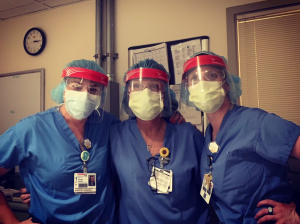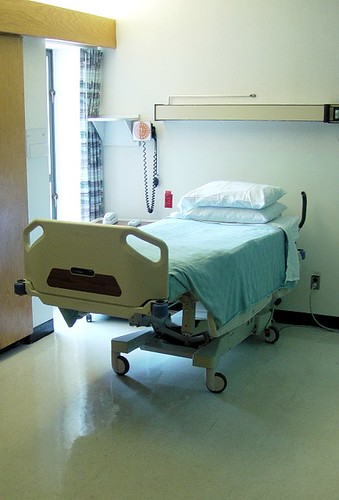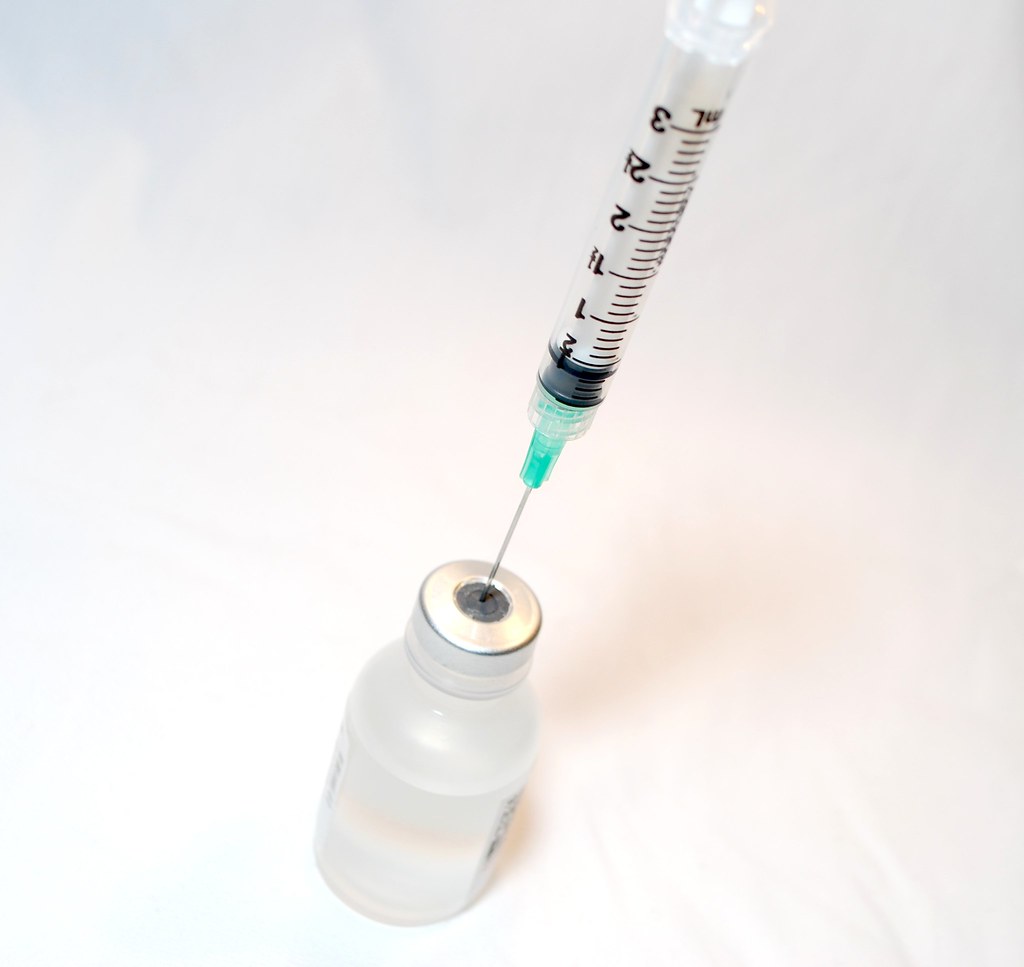March 11, 2019, The World Health Organization declares COVID-19 a pandemic. Now in May of 2021 the pandemic has a past, present, and future. Lots of people though that this virus from Wuhan, China was just a disease from a bat. We now know COVID-19 is much more than that.
Heath care workers, doctors, nurses, pediatricians, and all front line workers were the ones to step up and show no fear in the face of this unknown virus.
“I think that most people only thought that its only going to be a temporary situation,” Eileen Zebrowski, the director of nursing at a long term health care facility, said.
When hearing of the virus outbreak, Zebrowski’s health care facility was already strategically planning how they were going to handle if and when their first patient tested positive for COVID-19.
“The unknown was definitely the scariest part in the beginning,” Jennifer Graham, a interventional radiologic technologist, said. “I remember when we had our first covid patient pass. A young patient with no underlying medical conditions, that’s when we knew we were in trouble.”

Hospitals panicking
Hospitals and health care facilities were scrambling to figure out how they could protect their staff and their patients from getting infected with the virus.
“We had a plan in place and there was a team of people who assisted in the efforts to try to contain the virus,” Zebrowski said. In the early stages of the pandemic Zebrowski and her team had frequent meetings to keep everyone up to date on the incoming information and protocol for COVID-19 patients.
“We had the ICU turned into our COVID unit,” Graham said. “All the patients were critically sick with COVID and most of them on ventilators. We weren’t even allowed on that unit without an N-95 mask and face shield.”
 “hospital bed” by zen is licensed under CC BY-NC-SA 2.0
“hospital bed” by zen is licensed under CC BY-NC-SA 2.0
Graham says it was very scary for her to be in the COVID unit rooms for long periods of time because the virus was so new and no one knew much about it.
“We did a lot of bedside procedures in the beginning. Instead of bringing the patients through the hallways of the hospital we would go to their bedside and do as many procedures as we could,” Graham said.
Getting COVID-19:
Eileen Zebrowski said it came very quickly. “It wasn’t like I wasn’t feeling too good for a few days, it was a very quick onset,” Zebrowski said.
When she got the test results back saying she tested positive for COVID-19 she was in shock. “I just couldn’t believe I got it. I was thinking back to when I could have picked up the virus,” Zebrowski said.
“Having it first hand was a humbling experience,” Zebrowski said. She tested positive early on so there was no real solid information she could follow to help get her through the virus.
Zebrowski said that every day she was listening and watching the news and media and following the CDC’s ever-changing guidelines. She was concerned that she would develop respiratory issues or getting worse versus getting better each day.
Luckily for Zebrowski her symptoms weren’t very severe and she only had mild symptoms and was ready to get back to work within a couple days.
“I feel normal, at least whatever normal is anymore,” Zebrowski said.
The vaccine
“Personally, I was a bit hesitant,” Zebrowski said. She believes that the vaccine was rolled out and approved too quickly without the world knowing of the potential short and long term side effects. “I understand the importance of people getting vaccinated quickly but for myself I was wondering about the side effects and if it would even be effective,” Zebrowski said.
 “Syringe and Vaccine” by NIAID is licensed under CC BY 2.0
“Syringe and Vaccine” by NIAID is licensed under CC BY 2.0
“I had reservations about getting a new vaccine which no one knew of its lasting effects but seeing so many people lose their lives from covid I believe everyone should be vaccinated,” Graham said.
As of May 12, 2021 a little over 45% of the United States population has received at least one dose of the COVID-19 vaccine.


